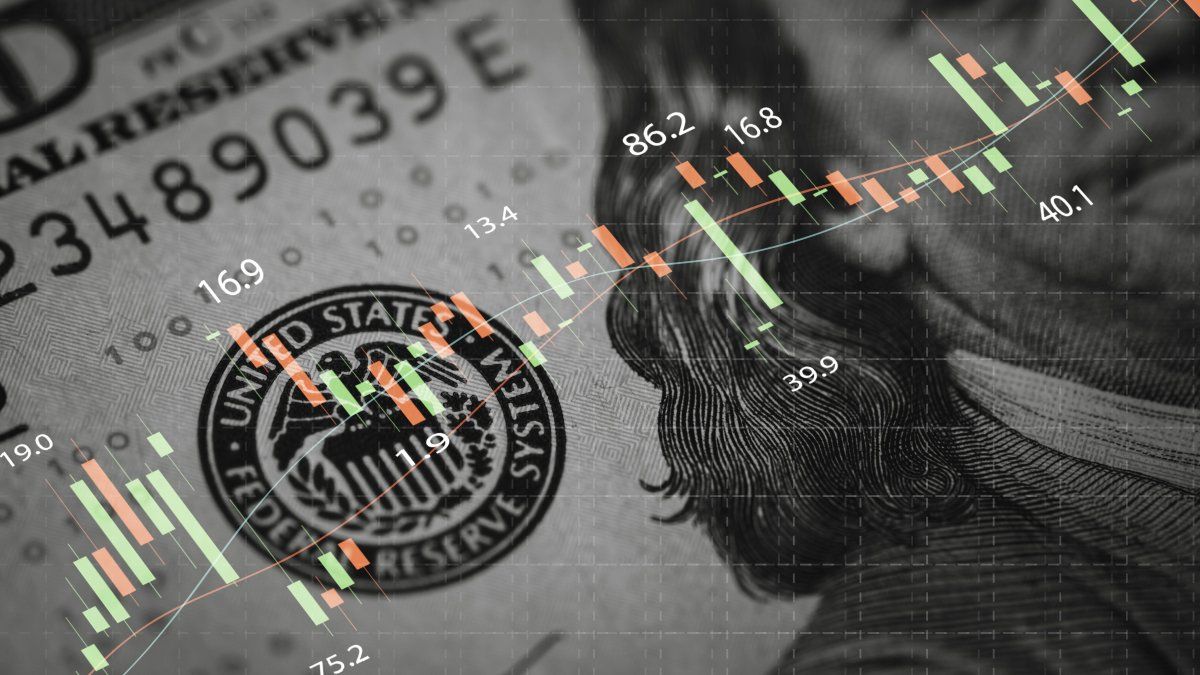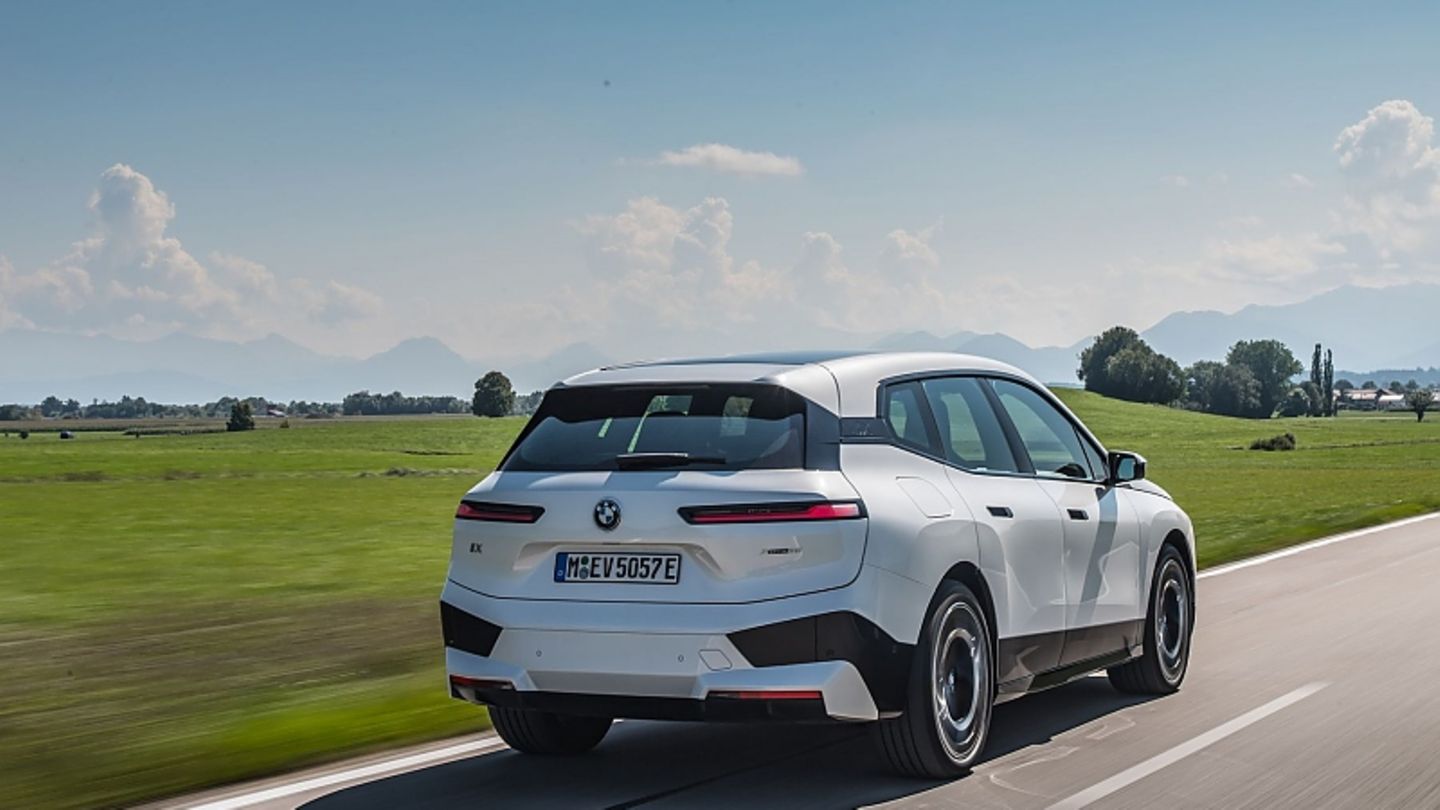I am a 24-year-old writer and journalist who has been working in the news industry for the past two years. I write primarily about market news, so if you’re looking for insights into what’s going on in the stock market or economic indicators, you’ve come to the right place. I also dabble in writing articles on lifestyle trends and pop culture news.
Menu
BMW iX xDrive50: Bye bye 7er
Categories
Most Read
Car thefts in 2025: These models are at the top of the list for thieves
October 13, 2025
No Comments
Dutch Grip: This trick can save cyclists from accidents
October 12, 2025
No Comments
Forza Ferrari: Unique insights into the world of a legend
October 11, 2025
No Comments
“Pickerl” in Austria is about to end: the time for the motorway vignette is running out
October 10, 2025
No Comments
Car thefts in 2025: These models were the most popular among thieves
October 10, 2025
No Comments
Latest Posts
Google Pixel 10 Pro XL in the test: A smartphone with almost no weaknesses
October 14, 2025
No Comments
The Google Pixel 10 Pro XL is Google’s current smartphone flagship. Google Pixel 10 Pro XL The Pixel 10 series consists of the Pixel 10dem

The health benefits of intermittent fasting: the cause that can help the body
October 14, 2025
No Comments
October 14, 2025 – 12:52 Thanks to the rise of intermittent fasting as a diet method, many people wonder what benefits it can bring to

Buy or sell: what to do with the dollar eight days before the elections
October 14, 2025
No Comments
In recent days, the different market exchange rates fell due to the intervention of the US Treasury. However, with less than two weeks left until
24 Hours Worlds is a comprehensive source of instant world current affairs, offering up-to-the-minute coverage of breaking news and events from around the globe. With a team of experienced journalists and experts on hand 24/7.

